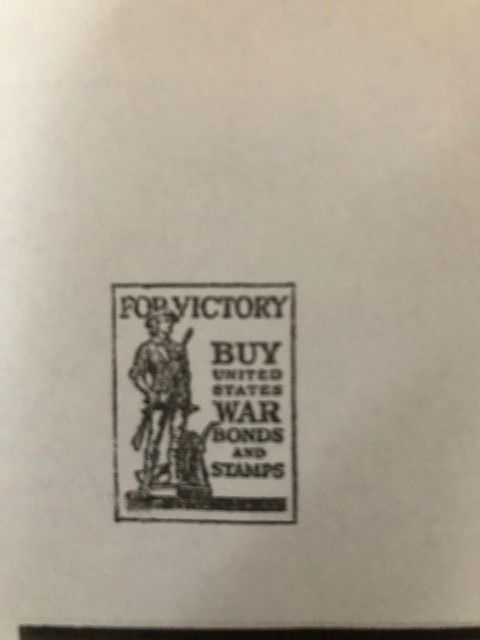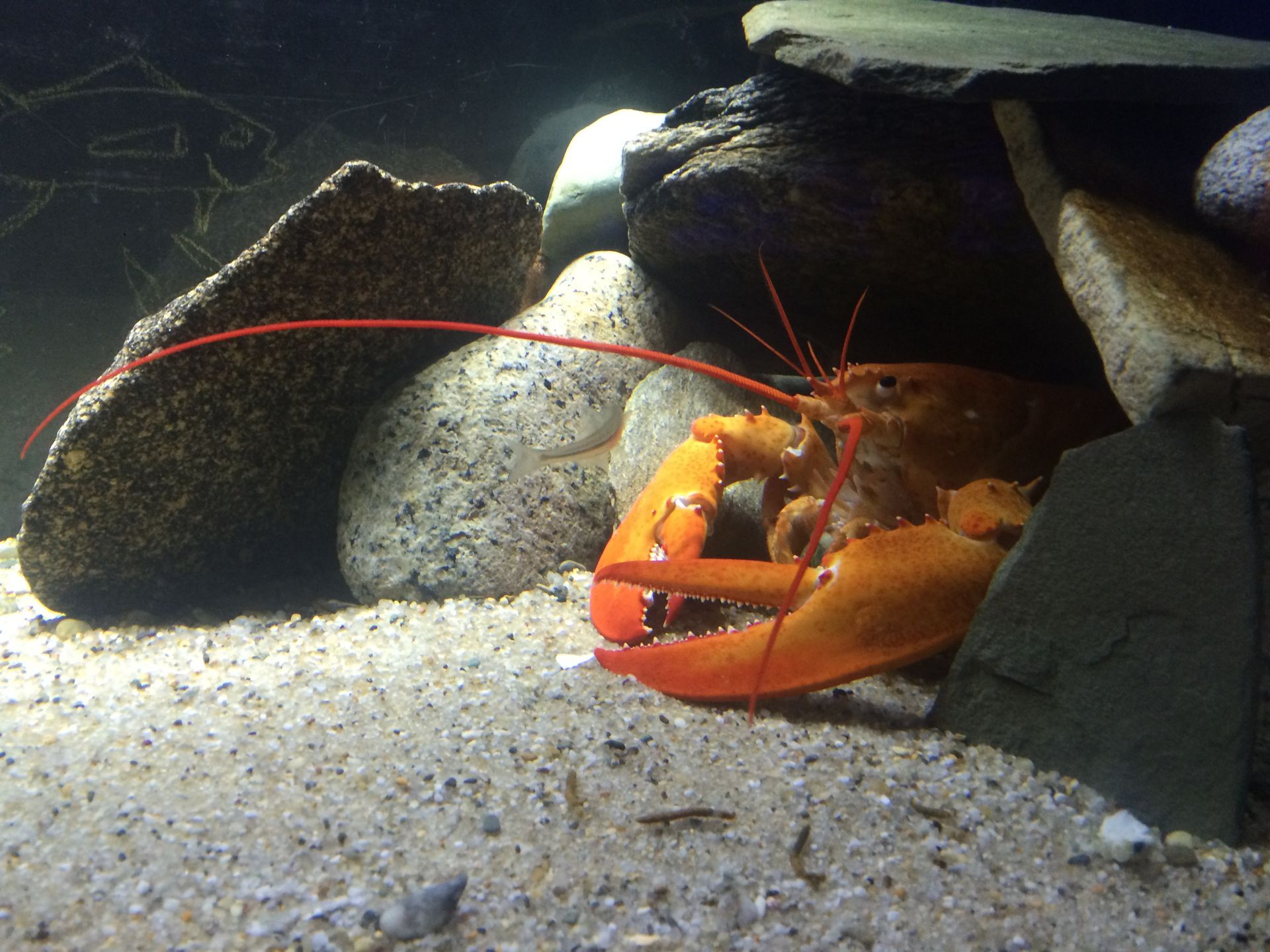Maria Mitchell Women of Science Symposium: A Different Kind of Women in STEM Meeting
Nantucket, MA – The Nantucket Maria Mitchell Association will host its second in-person Maria Mitchell Women of Science Symposium (MMWSS) at the Babson Executive Conference Center in Babson Park, MA from Thursday, September 22 to Saturday, September 24, 2022.
The MMWSS is meant to promote and support women and girls in the Science, Technology, Engineering, and Mathematics (STEM) fields while also providing hands-on, intimate spaces for attendees to come together to create real-world solutions that can be taken back to their place of work or education.
Distinguished women scientists will speak at the event along with panelists who are women well-known and respected in the STEM fields. Speakers include:
Nicole Cabrera Salazar, Ph.D. a Latina astrophysicist who is transforming the culture of STEM through her company Movement Consulting;
Nancy Gray, Ph.D. the President and CEO of Gordon Research Conferences;
Malika Jeffries-EL, Ph.D., Associate Dean of the Graduate School in Arts and Sciences and Associate Professor in the Department of Chemistry and Division of Materials Science at Boston University.
Panelists at the MMWSS include:
Dionne Hoskins-Brown Ph.D. a Fishery Biologist through the Galveston Laboratory of NOAA Fisheries and an Associate Graduate Professor in the Marine Science program at Savannah State University;
Tara Spann Chief People and Strategy Officer for MENTOR National;
Sandra Begay a research and development engineer at Sandia National Laboratories;
Amy Bower Ph.D. a Senior Scientist in the Dept. of Physical Oceanography at the Woods Hole Oceanographic Institution;
Shawna Young Executive Director of the SCRATCH Foundation;
Amanda Hough Massachusetts STEM Teacher of the Year 2019.
Women continue to be under-represented in the sciences. According to the 2014 Science and Engineering Indicators report by the National Science Foundation, “Women comprised just 28% of workers in science and engineering occupations in 2010. This under-representation shortchanges the students, the field of science, and the public that benefits from scientific advancement.”
The Symposium is named after Maria Mitchell, America’s first woman astronomer. Mitchell, who went on to teach Astronomy at Vassar College, promoted hands-on learning, and encouraged women to study science. Jascin Leonardo Finger, MMA Deputy Director and Symposium Coordinator states, “This Symposium is designed to serve as a source of inspiration and support and to be a hands-on experience in which all attendees are actively participating and problem solving much in the spirit of Maria Mitchell. We had an incredibly successful Symposium in 2018 with fantastic feedback and now we look to 2022.”
The themes that the Maria Mitchell Women of Science Symposium will address are persisting issues that hindered women in science in Maria Mitchell’s time and still affect them today. The Symposium will also address where women are today; how to recruit women and girls into STEM; Diversity, Equity and Inclusion initiatives; how to address the challenges that women still face in STEM; and how to broaden participation and leadership including through mentoring and mental health support. Maria Mitchell believed in learning by doing and the Symposium will continue this philosophy by encouraging all attendees, female and male of all backgrounds and educations, to actively participate, problem-solve, and learn through a hands-on experience.
The MMWSS is made possible thanks to the generous support of the American Philosophical Society, Massachusetts Biotechnology Council (MassBio), Vassar College, Dana-Farber Cancer Institute, D. E. Shaw Company, Massachusetts Space Grant Consortium, American Astronomical Society, Schwartz Hannum PC, Tupancy-Harris Foundation, Axcelis Technologies, Inc., Massachusetts Technology Collaborative, Mount Holyoke College, Agios, the Simons Foundation, Stinson LLP, and Mass General Brigham.
Tickets to the MMWSS are available at mmwss.org and there are some scholarships available for students and teachers. Please visit the website for more information and registration at www.mmwss.org .
The event is organized by the Maria Mitchell Association, a private non-profit organization. Founded in 1902, the MMA works to preserve the legacy of Nantucket native astronomer, naturalist, librarian, and educator, Maria Mitchell. The Maria Mitchell Association operates two observatories, a natural science museum, an aquarium, a research center, and preserves the historic birthplace of Maria Mitchell. A wide variety of science and history-related programming is offered throughout the year for people of all ages.
The Maria Mitchell Association is a private non-profit organization. Founded in 1902, the MMA works to preserve the legacy of Nantucket native astronomer, naturalist, librarian, and educator, Maria Mitchell. The Maria Mitchell Association operates two observatories, a natural science museum, an aquarium, a research center, and preserves the historic birthplace of Maria Mitchell. A wide variety of science and history-related programming is offered throughout the year for people of all ages.
For Immediate Release
June 14, 2022
Contact: Tess McCarthy, Communications and Marketing Intern
Recent Posts




